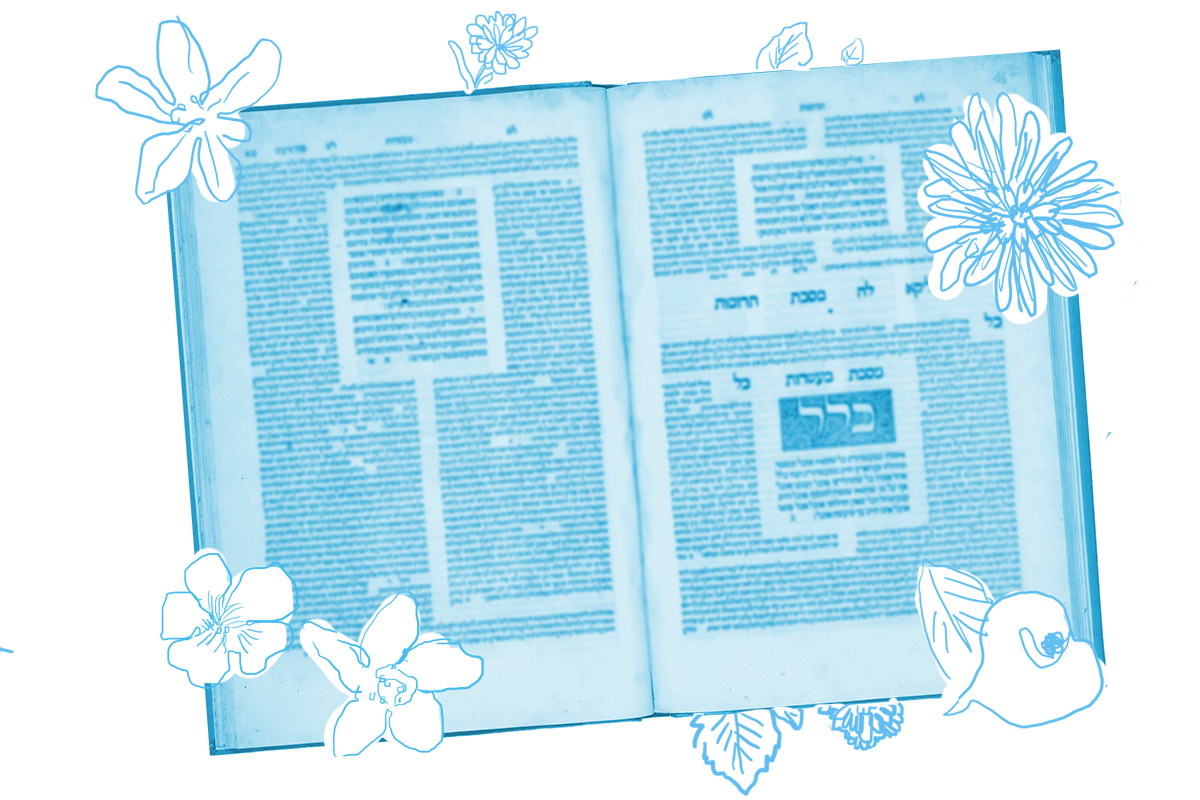Let’s jump in with a beraita (early rabbinic teaching) on today’s page:
A nine-year-and-one-day-old boy who is an Ammonite or a Moabite convert; an Egyptian or an Edomite, a Samaritan, a Gibeonite, a halal (the child of a priest who is unfit for the priesthood on account of his father’s illegitimate connection), or a mamzer, when he engages in intercourse with the daughter of a priest, or Levite, or Israelite, disqualifies her (from marrying into the priesthood).
According to this teaching, any man from one of these categories who has sex with a woman, that woman is subsequently barred from marrying a priest. And for our purposes, a “man” here is a boy as young as nine years old and one day. Rabbi Yosei explains why:
Anyone whose offspring is unfit (for Temple service) disqualifies (a woman with whom he engaged in intercourse from marrying into the priesthood). However, anyone whose offspring is not unfit does not disqualify her.

Help us keep Jewish knowledge accessible to millions of people around the world.
Your donation to My Jewish Learning fuels endless journeys of Jewish discovery. With your help, My Jewish Learning can continue to provide nonstop opportunities for learning, connection and growth.
Now the sages look for a biblical verse that undergirds this beraita:
From where are these matters derived? Rav Yehuda said that Rav said: The verse states: “And if a priest’s daughter marries a common man (ish zar) she shall not eat of that which is set apart from the sacred (kodashim).” (Leviticus 22:12) It may be derived that since she engaged in intercourse with one who is unfit for her, he disqualified her.
Rav Yehuda (quoting Rav) connect Leviticus’ term ish zar — a strange man, or man set apart — with all the categories of disqualifying men in the beraita, from Moabite to mamzer. He also equates marriage with sex. And he equates disqualification from marriage to a priest with disqualification from eating the sacrificial meat. By drawing these equivalences, Rav Yehuda shows how it serves to support the beraita.
If you are an exceptionally close reader, you may have noticed a problem with this argument, however: The verse from Leviticus mentions only the daughter of a priest. Our beraita, on the other hand, is explicit that any Israelite woman — be she the daughter of a priest, the daughter of a Levite or just an Israelite — may not marry into the priesthood if she has intercourse with a boy over the age of nine in one of these disqualifying categories. How can we prove that part of the beraita? The Gemara continues:
We found a source for a priestess; from where do we derive the same halakhah with regard to a Levite or an Israelite woman?
Rabbi Abba said that Rav said: The verse states: “But if a priest’s daughter be a widow, or divorced” (Leviticus 22:13) …
That little superfluous word “but” — which in Hebrew is but a single prefixed letter vav — is the textual hook for widening the meaning of this verse to include not just the daughter of a priest but any Israelite woman. (Fun fact: The word vav actually means “hook” — and the shape of the letter resembles that implement.)
If you’ve been with us for a while, you may be able to guess which particularly creative and esteemed rabbi is credited with this particular interpretation:
In accordance with whose opinion is this exposition possible? It is in accordance only with the opinion of Rabbi Akiva, as he derives halakhot from the prefix vav.
Rabbi Akiva was famous for finding minute textual details on which he hung any number of interpretations. He is celebrated for this throughout rabbinic texts. But not everyone agreed with his method. In fact, the next few lines make this explicit:
Even if you say it is in accordance with the rabbis (who do not derive halakhot from the prefix vav) the entire phrase: “And if a priest’s daughter,” is superfluous in the verse.
For Rabbi Akiva, the vav is an occasion to find textual support for this verse. For those rabbis who do not use vavs as hooks, they must find a different textual support — in this case the superfluous phrase “and if a priest’s daughter.” A reminder that as with so many other things, the rabbis were not in complete agreement about interpretive methods.
Read all of Yevamot 68 on Sefaria.
This piece originally appeared in a My Jewish Learning Daf Yomi email newsletter sent on May 14th, 2022. If you are interested in receiving the newsletter, sign up here.



